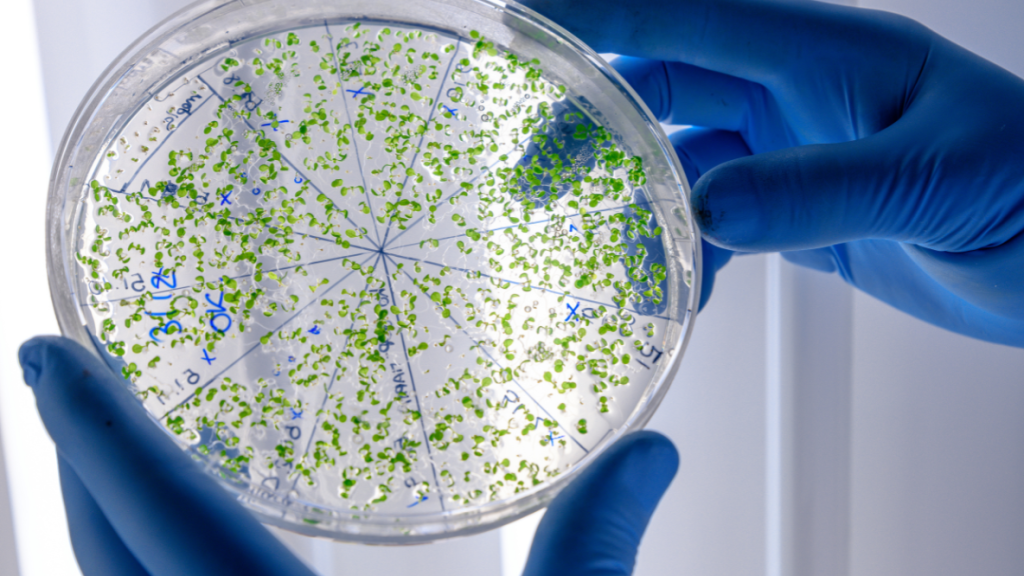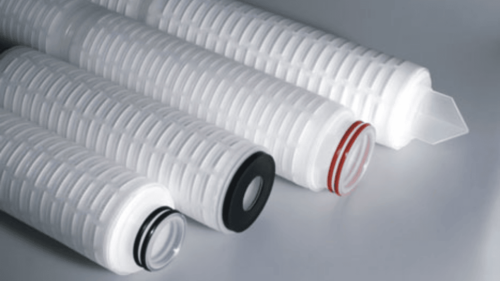Microbial count plates have been the main tool used in microbiological analysis to measure and identify microbial colonies in a variety of samples. In many industries, including healthcare, food and beverage, and environmental monitoring, where accuracy and speed are critical, these instruments are indispensable. Microbial count plates’ accuracy and efficiency have been greatly improved by recent technical developments, producing more dependable and rapid results.
Evolution of Microbial Count Plates
Traditionally, microbial count plates involved manual methods of colony counting, which were not only time-consuming but also prone to human error. The classical agar plates required extended incubation periods, delaying the detection and response to potential microbial contamination. However, with the introduction of automated systems and digital imaging, the process has become much faster and more accurate.
Automated Colony Counters
One of the most significant innovations in this field is the development of automated colony counters. These devices utilize sophisticated imaging technologies and software algorithms to automatically count and differentiate colonies on a plate. This automation reduces the workload on laboratory personnel, minimizes human error, and provides a digital record that can be archived and retrieved for regulatory compliance and trend analysis.
Rapid Microbial Count Plates
The advent of rapid microbial count plates has transformed microbiological testing by reducing the time required to obtain results from days to just a few hours. These plates are pre-treated with specific growth media and indicators that produce color changes or fluorescence in response to microbial metabolism. This rapid response allows for quicker decision-making, particularly critical in the pharmaceutical and food industries where time is often a crucial factor in preventing contamination and ensuring consumer safety.
Enhanced Data Integration
Modern microbial count plates are often part of an integrated system that can connect with laboratory information management systems (LIMS). This connectivity allows for seamless data transfer, reducing the risk of manual data entry errors and improving the traceability and auditability of the results. Additionally, these systems can be calibrated to recognize various types of microorganisms, providing not just quantitative but also qualitative data.
Implications for Industries
The enhanced capabilities of modern microbial count plates have profound implications for multiple industries. In the pharmaceutical sector, rapid and accurate microbial testing ensures compliance with stringent regulatory standards and helps in maintaining the sterility of products. In the food sector, these innovations can lead to faster product releases and enhanced safety protocols, directly impacting public health and consumer trust.
Conclusion
Microbial count plates have the potential to completely transform the field of microbiological analysis as they develop further. The continuous advancements are opening the door for new uses and enhancements across a range of sectors in addition to improving the precision and effectiveness of microbiological testing. Future developments in microbiological detection and analysis appear bright, with even higher speed and accuracy.



